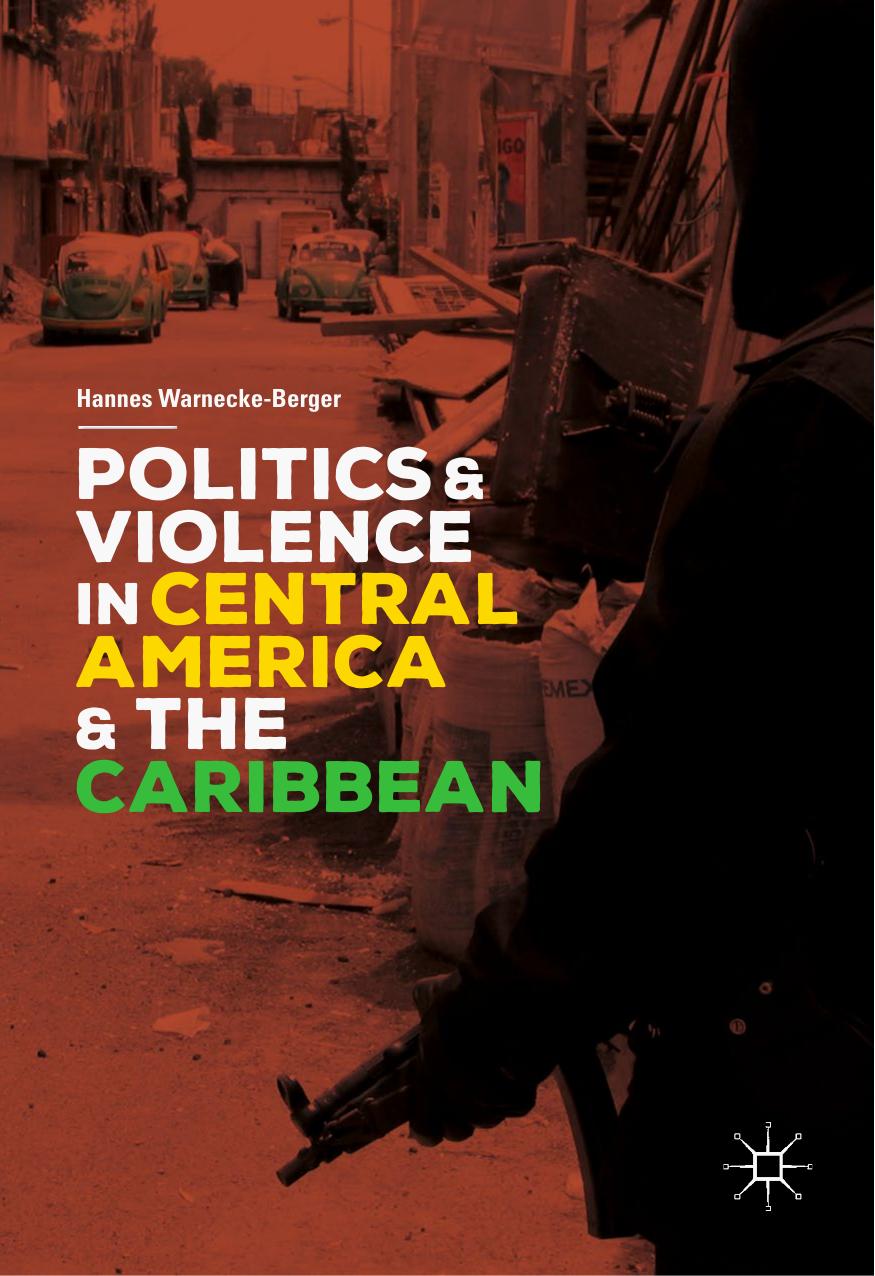Politics and Violence in Central America and the Caribbean by Hannes Warnecke-Berger

Author:Hannes Warnecke-Berger
Language: eng
Format: epub, pdf
Publisher: Springer International Publishing, Cham
Mara Violence
Mara violence initially began as disperse and disconnected organizations of enduring horizontal violence. By strengthening their organizational capacity, maras became successful in mobilizing and structuring violence. Today, maras can be considered transnational youth gangs that are active in the local drug trade, appropriate massive amounts of money from extortions, and sometimes control entire communities (Cruz, 2010a). The following subsection describes the transformation of mara violence as a sequence of at least three forms of violence. The dynamics of mara violence expose that although still horizontal, practices of violence are now mobilized on a higher organizational scale involving more durable resources and more distinct cultural scripts.
A well-established gang system already has been existing in El Salvador for decades. Two critical junctures for the transformation of the maras are important. The first critical juncture occurred in the mid-1990s when the US government introduced a new immigration legislation (Thale & Falkenburger, 2006). The second critical juncture emerged with the anti-gang legislation and the politics of the tough hand in El Salvador in the early 2000s, which lead to a controversial discussion of whether maras morphed into groups of transnational organized crime or even violent political actors (Rodgers & Muggah, 2009; Shifter, 2012). The transformation of maras is part of a process in which youth gangs initially evolved as a product of larger historical developments, such as urbanization, segregation, and social exclusion. Maras were increasingly able to intervene in these processes and to create their own political economy of survival. In terms of culture, maras initially drew on available cultural scripts, such as honor violence. By organizing violence, however, they were able to manipulate these scripts and to inscribe their own meanings of violence. Initially, maras’ strategic action loosely followed cultural scripts. Later, cultural scripts became condensed, embodied, and ultimately even prescribed clear sequences of violent practices.
Download
Politics and Violence in Central America and the Caribbean by Hannes Warnecke-Berger.pdf
This site does not store any files on its server. We only index and link to content provided by other sites. Please contact the content providers to delete copyright contents if any and email us, we'll remove relevant links or contents immediately.
| Arms Control | Diplomacy |
| Security | Trades & Tariffs |
| Treaties | African |
| Asian | Australian & Oceanian |
| Canadian | Caribbean & Latin American |
| European | Middle Eastern |
| Russian & Former Soviet Union |
The Secret History by Donna Tartt(16623)
The Social Justice Warrior Handbook by Lisa De Pasquale(11489)
Thirteen Reasons Why by Jay Asher(7788)
This Is How You Lose Her by Junot Diaz(5772)
Weapons of Math Destruction by Cathy O'Neil(5037)
Zero to One by Peter Thiel(4824)
The Myth of the Strong Leader by Archie Brown(4789)
Promise Me, Dad by Joe Biden(4447)
Beartown by Fredrik Backman(4419)
Stone's Rules by Roger Stone(4415)
How Democracies Die by Steven Levitsky & Daniel Ziblatt(4399)
The Fire Next Time by James Baldwin(4343)
100 Deadly Skills by Clint Emerson(4078)
A Higher Loyalty: Truth, Lies, and Leadership by James Comey(4033)
Rise and Kill First by Ronen Bergman(4012)
The David Icke Guide to the Global Conspiracy (and how to end it) by David Icke(3882)
The Farm by Tom Rob Smith(3872)
Secrecy World by Jake Bernstein(3782)
The Doomsday Machine by Daniel Ellsberg(3731)
